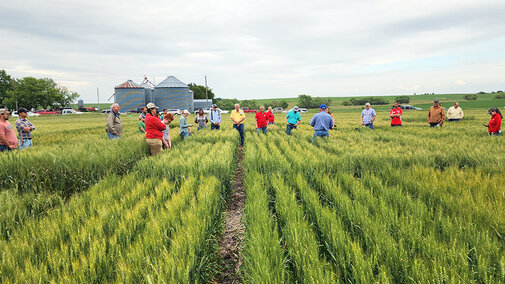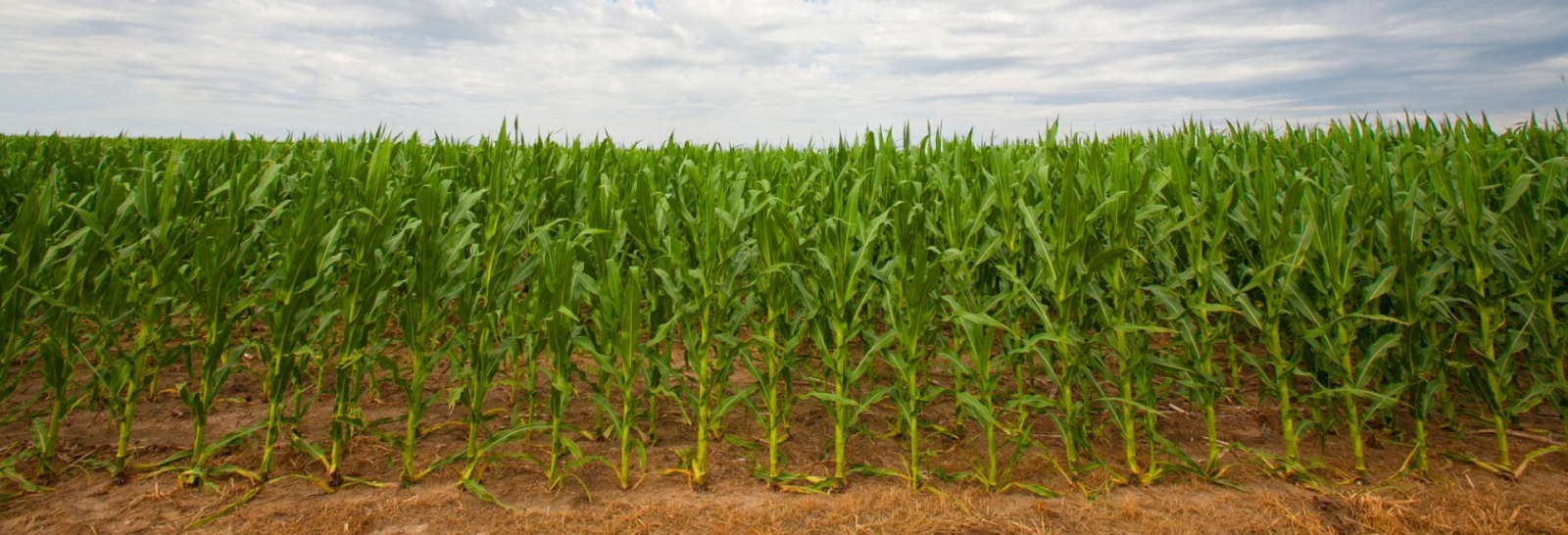Wheat growers attending Nebraska’s 2025 Wheat Variety Tour got an up-close look at new varieties and the latest on disease pressure this week, with particular concern about rising Fusarium head blight risks as the season progresses.
The first field day of the 2025 growing season (Figure 1) was held June 5 near Fairbury in Jefferson County, Nebraska. Wheat varieties and lines from public and private breeding programs were showcased. Topics covered included agronomic characteristics, regional adaptation, and disease resistance characteristics of the wheat varieties and lines. Field day participants were updated on the diseases observed in Nebraska wheat fields this growing season and their management.
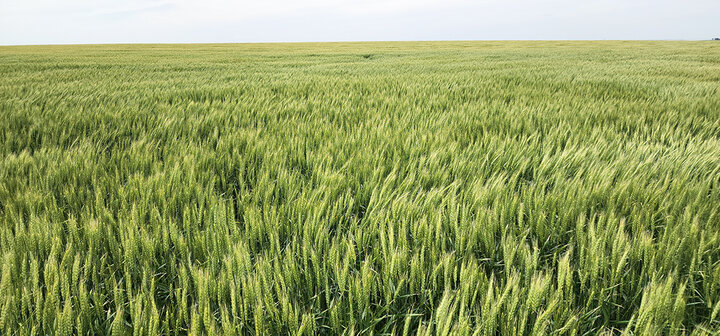
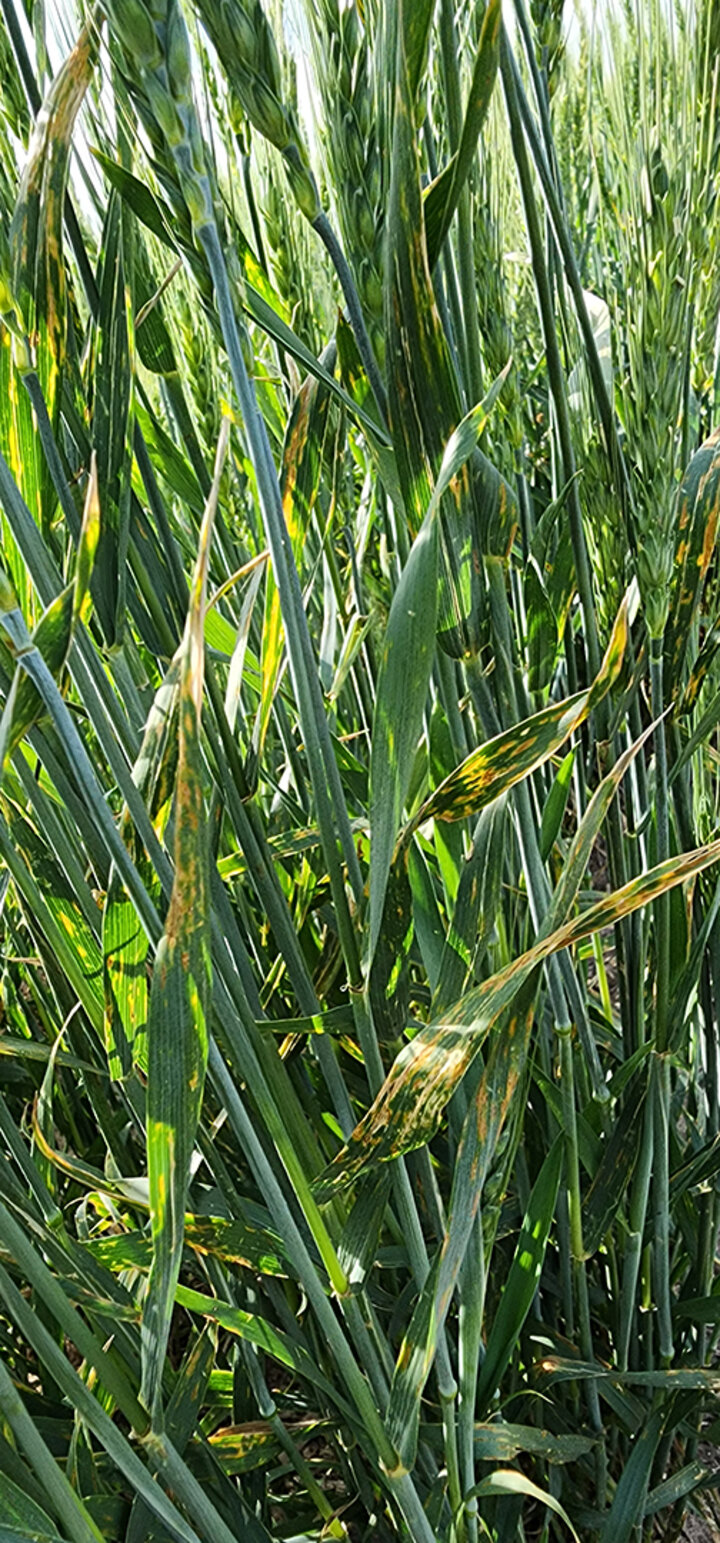
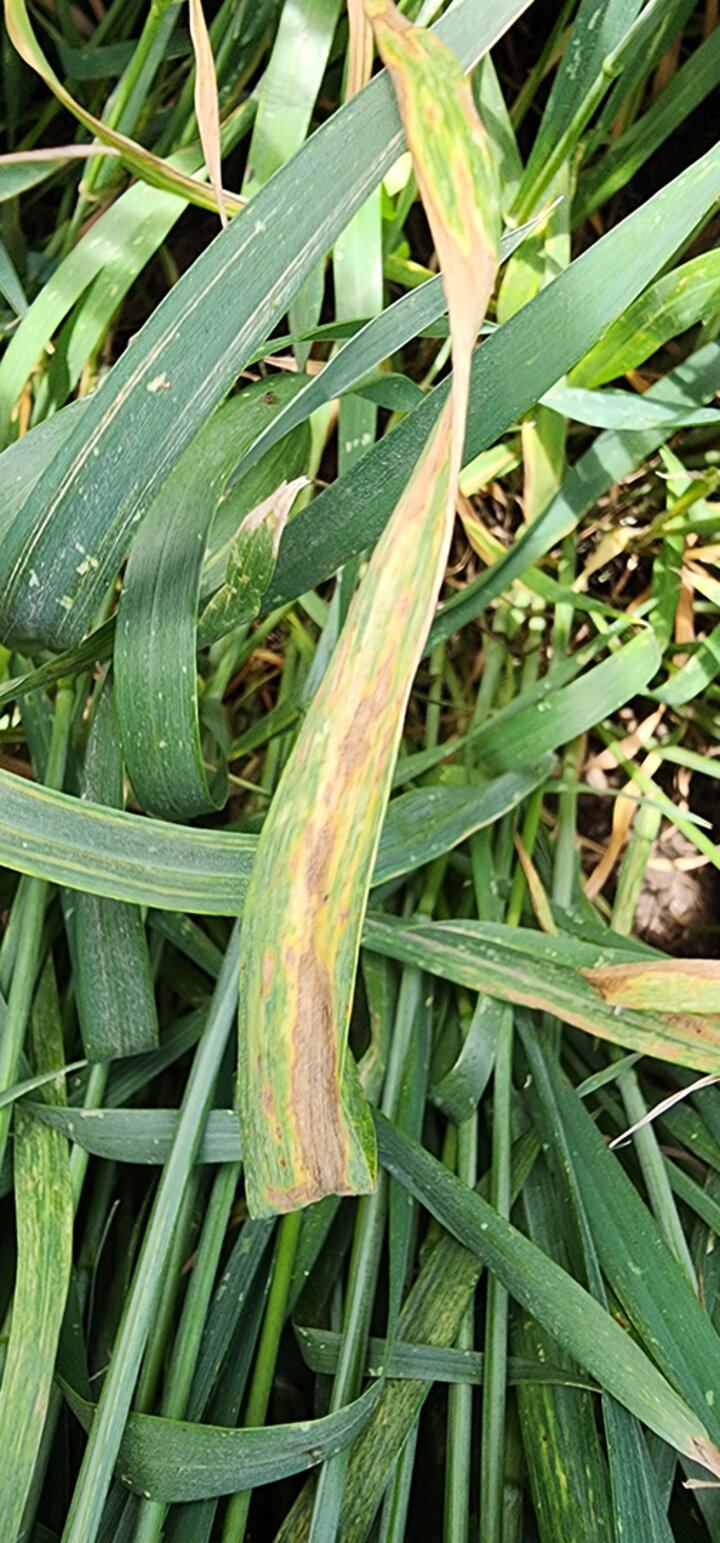
Earlier in the week, on June 2, wheat disease surveys were conducted in south-central and southwest Nebraska. The wheat condition in areas that recently received rainfall looked good to excellent (Figure 2). Growth stage ranged from flowering in Perkins County to soft dough in Webster County. Diseases observed at trace to low levels were bacterial streak (Figure 3), Septoria tritici blotch (Figure 4) and the wheat streak mosaic virus (WSMV) disease complex (Figure 5).

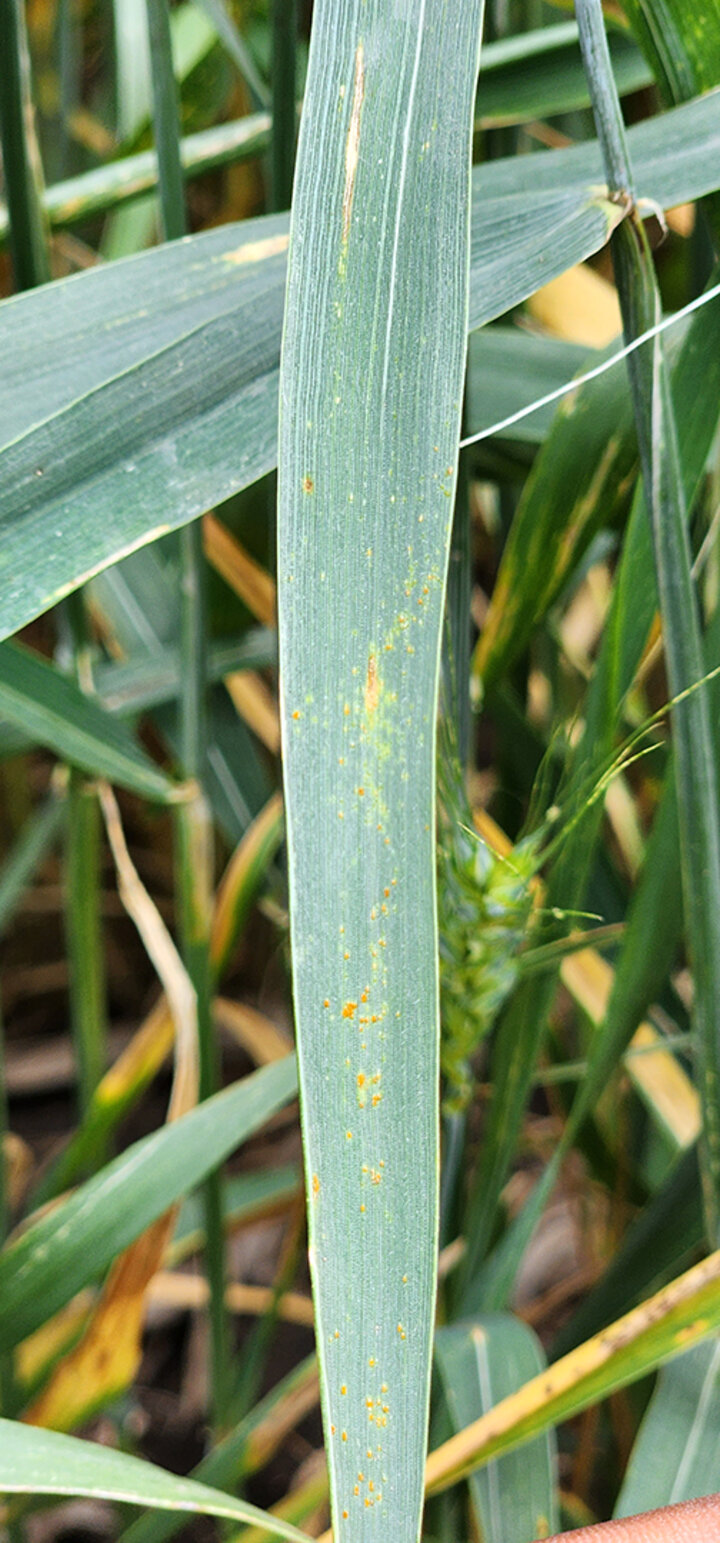
On June 5, disease surveys were conducted in research plots at the Havelock Research Farm in Lincoln (Lancaster County) and at the Eastern Nebraska Research, Extension and Education Center (ENREEC) near Mead (Saunders County). Leaf rust (Figure 6) was confirmed for the first time this growing season at Havelock Research Farm. Other diseases observed at both locations were Fusarium head blight (FHB, Figure 7) stripe rust (Figure 8, 10), and black chaff (Figure 9), also known as bacterial streak when it occurs on leaves.
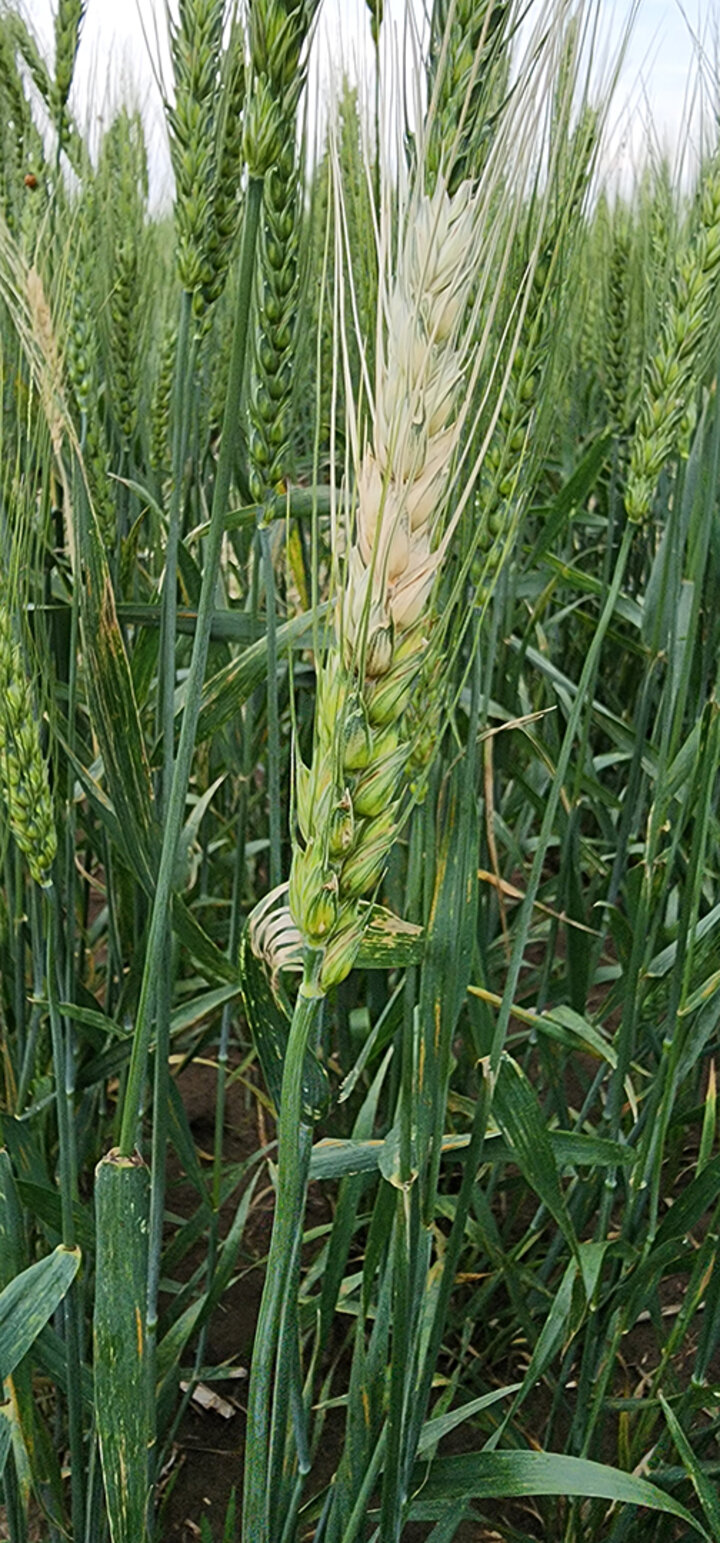

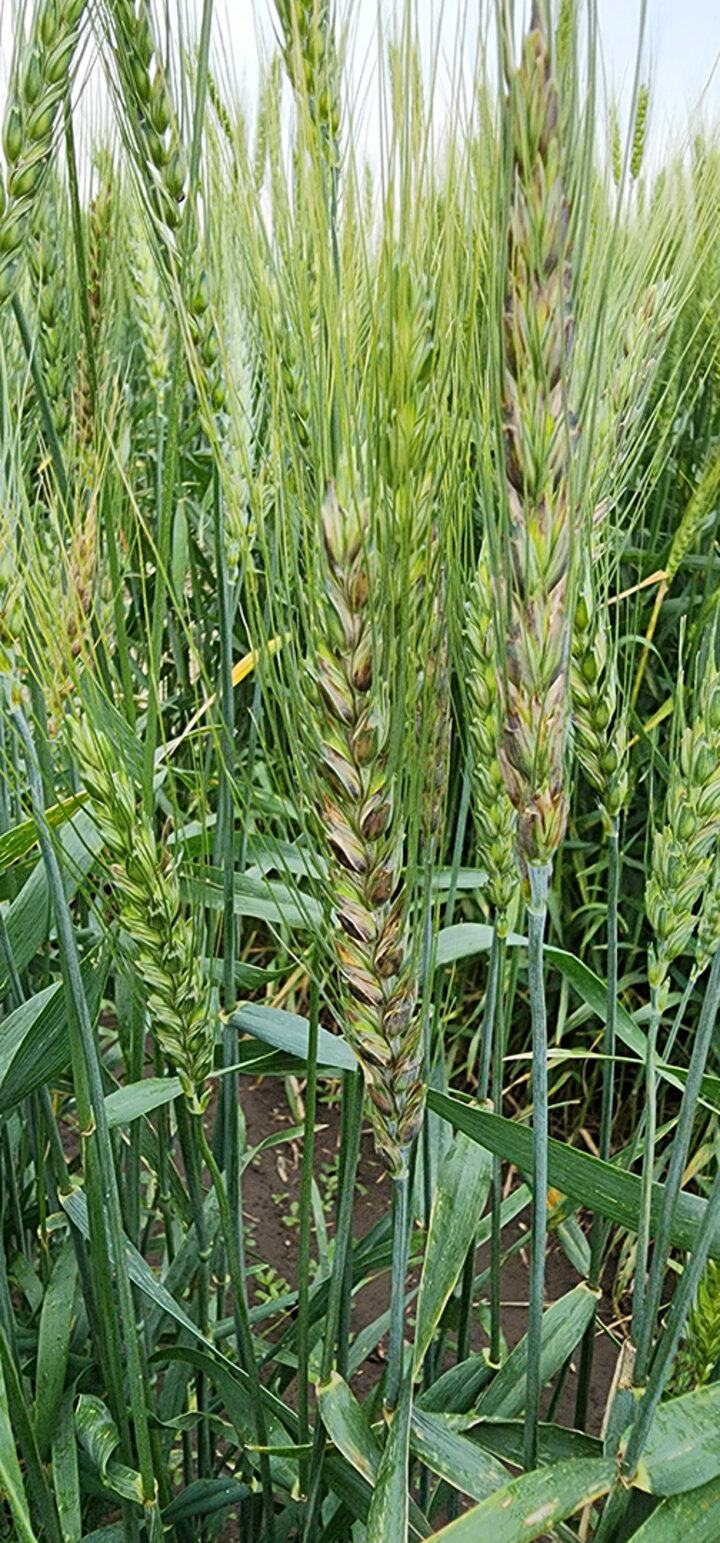
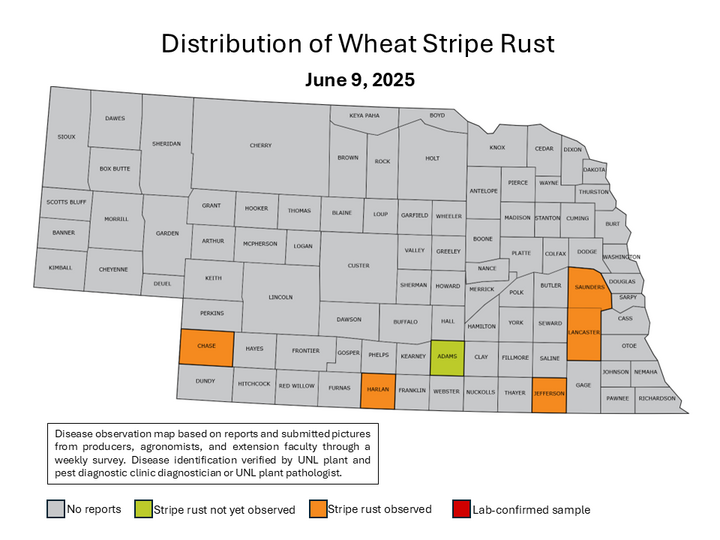
Wheat Disease Survey
As winter wheat continues to develop, Nebraska Extension is monitoring for rust diseases. Help track the spread of stripe and leaf rust across the state by contributing to the 2025 rust tracking map by taking a brief survey.
